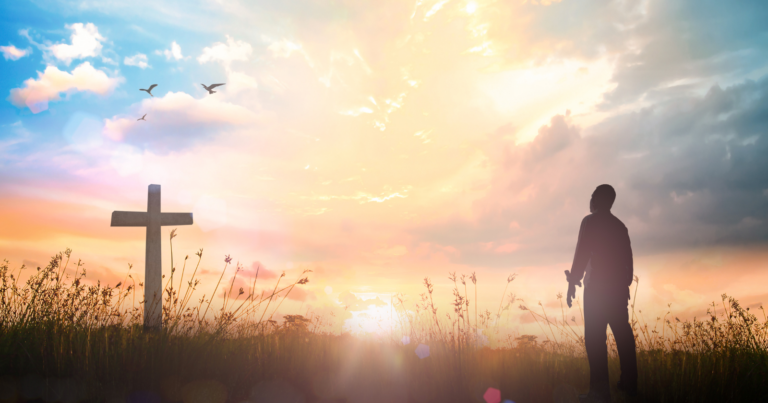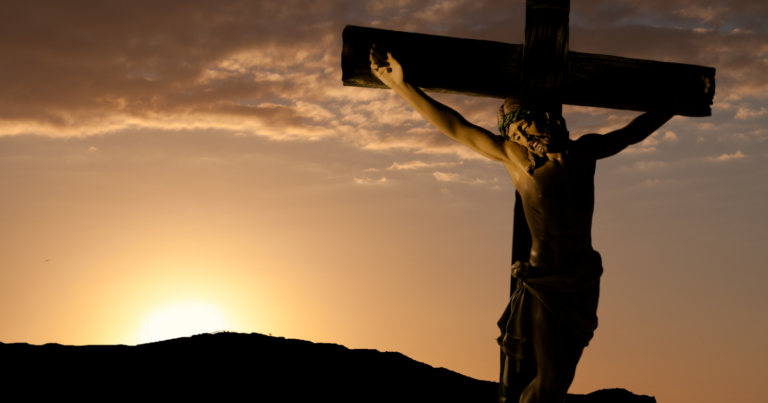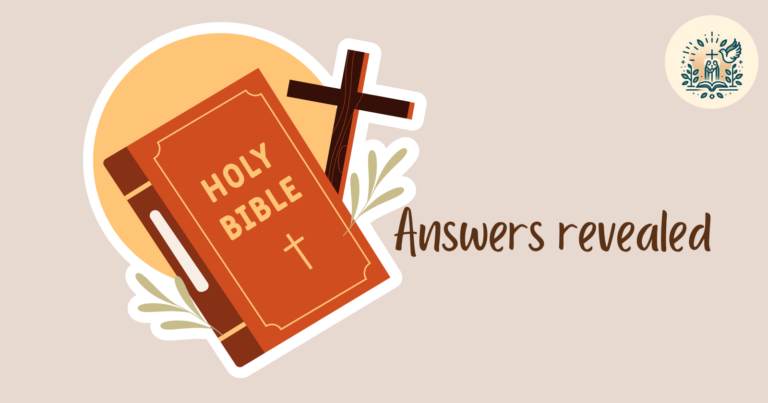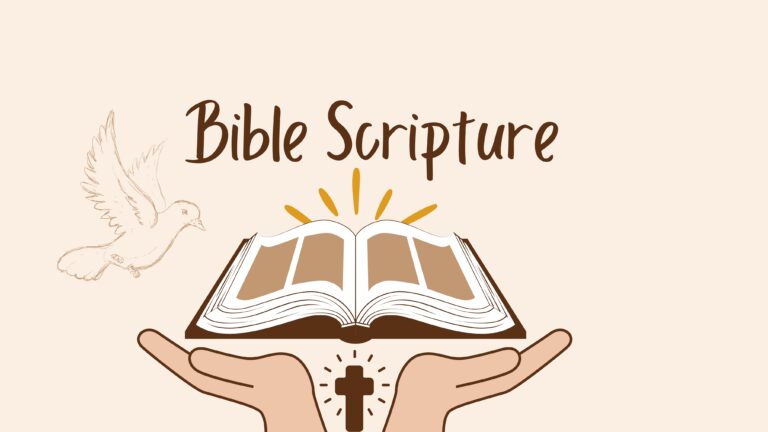“Let justice roll on like a river, righteousness like a never-failing stream!”
Amos 5:24
Amos, a shepherd turned prophet from the rural outskirts of Tekoa, delivered messages that have echoed through centuries, challenging and confronting the status quo of societal and spiritual complacency.
His prophecies, though ancient, strike a chord with today’s global issues. They encourage us to reassess justice, righteousness, and our relationship with the divine.
In this article, we’ll explore the main prophecies of the Book of Prophet Amos, their historical fulfillment, and their profound relevance in today’s world.
As we delve into the Book of Amos, we uncover not just historical forewarnings but timeless truths about human nature, making his messages as relevant now as they were in the 8th century BC.
Identity of Amos – the prophet of Justice
Amos is not just another name in the list of prophets. He’s a standout figure whose life and words still echo powerfully today.
As the third of the 12 Minor Prophets, his contributions are nestled among those of Hosea, Joel, and others, in a collection that might be short in length but is immense in impact.
These prophets are called “minor”. But it’s not because their messages were less important. Instead, it’s due to the brevity of their writings.
But who was Amos, really, and why does his message matter to us?
A shepherd from the Southern Kingdom, Amos was called to prophesy in the North at a time when prosperity masked deep social injustices.
The thing that he advocates throughout the book is that true prosperity cannot ignore the plight of the poor and marginalized.
His most famous declaration, for justice to roll down like waters, has transcended centuries, inspiring figures like Martin Luther King Jr.
So, what does his identity mean for us?
In a world still grappling with inequality and injustice, Amos’s call to justice and righteousness challenges us to reflect on our own society.
What’s the purpose of the Book of Amos?
At its core, the Book of Amos is a clarion call for social justice — a protest against the grave inequalities and injustices of its time.
The book is framed by references to a devastating earthquake, which historical records suggest struck around 760 BC.
Amos uses this event not just as a literary device but as a powerful symbol of divine judgment against societal corruption and moral decay.
Interestingly, this seismic event serves as a stark reminder of the tangible consequences of ignoring divine mandates for justice and righteousness.
But why was this message delivered through Amos, and what does it aim to teach us today?
The book’s structure, with its vivid imagery and stark warnings, is designed to shake the reader out of complacency.
Through Amos’s eyes, we are called to reflect on our own contributions to either the sustenance or the dismantling of justice and equity in our communities.
Moreover, the Apostle James’s reference to Amos during the Council of Jerusalem, as recounted in the Acts of the Apostles, extends the book’s relevance to a Messianic hope.
In essence, the Book of Amos serves as a reminder that the fight for justice is ongoing and that our faith should compel us to be active participants in this struggle.
Key prophecies of Amos
Now, let’s break down the key prophecies delivered by Amos, each serving as a testament to his urgent call for justice and righteousness.
1) The Roar from Zion (Amos 1:2)
Amos begins with a vivid image of the Lord roaring from Zion, a powerful declaration of God’s imminent judgment against the nations surrounding Israel and Judah.
This prophecy sets the tone for the entire book, emphasizing the universality of God’s judgment against injustice, regardless of nationality.
2) The Plumb Line (Amos 7:7-8)
God shows Amos a vision of a plumb line, symbolizing the standard of justice and righteousness by which the Israelites are to be measured.
These chapters signify the divine assessment of Israel’s moral and ethical failure, as well as the inevitability of consequences for societal corruption.
3) The Basket of Summer Fruit (Amos 8:1-2)
This vision represents the end of Israel’s prosperity, symbolizing that the nation is ripe for judgment.
It foretells a time of mourning and desolation. Most importantly, it underscores the seriousness of turning away from God’s commands towards exploitation and injustice.
4) The Earthquake (Amos 1:1 and 9:1-9)
The bookends of Amos’s prophecies, referencing a great earthquake, serve as a literal and metaphorical shaking of the foundations of Israelite society.
This natural disaster is presented as a validation of Amos’s warnings, a tangible sign of God’s power and displeasure with His people’s transgressions.
5) The Restoration of David’s Fallen Tent (Amos 9:11-15)
Amidst the stark warnings, Amos concludes with a prophecy of hope and restoration.
This vision promises the rebuilding of David’s fallen tent, symbolizing the restoration of Israel and the fulfillment of God’s covenant.
It offers a glimpse of a future where the breaches are repaired, and the people live in harmony with God’s will.
5 lessons you can learn from the Book of Amos
1) You should aim to achieve social justice
“Let justice roll down like waters, and righteousness like an ever-flowing stream.”
Amos 5:24
This powerful metaphor illustrates the relentless and overwhelming nature of justice and righteousness God desires.
Amos’s era was marked by prosperity for the wealthy, paralleled by severe oppression and injustice for the poor.
This disparity angered God, who, through Amos, declared that such actions would not go unpunished.
The book highlights the divine expectation of justice and righteousness and serves as a reminder that societal prosperity means little when built on the suffering of others.
Amos’s prophecies underscore a universal principle:
Societal injustice invites divine judgment.
This passage encourages us to reflect on our actions and their impact on others.
Are we contributing to a society that uplifts everyone, or are we complicit in systems of injustice?
Engaging in acts of kindness, advocating for equitable policies, and standing in solidarity with those who are marginalized are ways we can embody the call of Amos today.
2) Acts of true worship will please God
Now, what does true worship look like?
According to Amos, it’s not about the rituals or the sacrifices but the heart behind them.
Amos 5:21-24 dismisses the outward displays of piety that lack substance, urging us to understand that genuine worship is demonstrated through justice and righteousness.
“I hate, I despise your feasts, and I take no delight in your solemn assemblies,” declares God through Amos.
Here, Amos challenges the Israelites—and us—to reassess our understanding of worship.
True worship, according to Amos, goes beyond rituals and sacrifices. It’s about embodying justice and righteousness in our daily lives.
This passage challenges us to examine the authenticity of our worship.
After all, we can see true worship in the way we live our lives outside the temple walls. By living in a way that reflects God’s love and justice, our everyday actions become acts of worship that are pleasing to God.
3) God’s judgment is universal
Think about it: no one is beyond the scope of God’s judgment.
This is a fundamental truth that Amos brings to light.
He warns not only Israel but also the surrounding nations, reminding us that our actions have consequences, and accountability is universal.
“For three sins of [nation], even for four, I will not relent,” Amos declares, signaling that God’s patience has limits.
Even though this might seem daunting, we can consider this as a call to introspection and change. At least, it reminds us that our deeds, good or bad, contribute to the fabric of our collective existence.
Let’s take this as an opportunity to assess our lives, making amends where necessary and striving for a path that aligns with divine principles.
Together, we can work towards a future that honors justice and mercy.
4) Be committed to the community
Have you ever wondered how your individual actions can make a difference in the grand scheme of things?
Well, Amos’s teachings emphasize the power of community and the importance of being committed to the well-being of others.
“Seek good, not evil, that you may live,” he advises, highlighting that the strength of a community lies in its members’ commitment to each other’s welfare.
By fostering a culture of support, empathy, and mutual respect, we contribute to a community that reflects the heart of God’s teachings.
To foster a stronger community, inspired by Amos’s teachings, we can:
- Support initiatives aimed at alleviating poverty and injustice
- Participate in community-building activities that encourage unity and understanding
- Promote policies and practices that protect the vulnerable and ensure equitable treatment for all
This commitment to community reflects a deep understanding of God’s desire for a world marked by love, justice, and peace.
5) Prophetic visions are powerful
Finally, Amos challenges the common perception that prophecies are merely future predictions.
Instead, he presents prophecy as a tool for social critique and moral correction.
In general, prophetic visions have the power to transcend time, speaking to us with as much urgency and relevance today as they did centuries ago.
Similarly, Amos’s vivid portrayals of justice and righteousness are not just ancient texts. These visions invite us to imagine a world where equity and compassion are the foundations of society.
They challenge us to question our own contributions to the injustices around us and to ponder deeply about the legacy we wish to leave behind.
Can we dare to dream of a world that mirrors the divine vision of justice and peace?
That’s why we should embrace the prophetic call with empathy and determination. After all, within these ancient words lies the power to inspire change, to heal divisions, and to forge a future that honors the dignity of all.
Final thoughts: Your next steps in faith
As you can see, the Book of Prophet Amos challenges us to confront our lives and societies with a critical eye.
This exploration should lead us to ponder actionable steps that align with God’s desire for equity and integrity.
What are these steps?
- Study further – Delve deeper into biblical texts related to social justice, such as Micah 6:8 and Isaiah 1:17. Compare these scriptures with the teachings of Amos to gain a comprehensive understanding of God’s call for justice.
- Engage in community service – Reflect on how you can contribute to addressing injustices within your community. This could involve volunteering at local shelters or supporting initiatives aimed at reducing inequality.
- Pray for guidance – Seek God’s direction on how to apply the lessons from Amos in your daily life. Prayer can be a powerful tool for discerning how best to embody the values of justice and righteousness.
- Educate others – Share the insights gained from studying Amos with your family, friends, and faith community. Encouraging conversations around the themes of justice found in Amos can inspire collective action.
This focused approach not only deepens one’s understanding of the Book of Prophet Amos but also empowers individuals to live out the biblical principles of justice and righteousness in practical, impactful ways.














